The Writing Process
_______________
Writing is a process that can be divided into three stages: Pre-writing, drafting and the final revising stage which includes editing and proofreading. In the first stage, you research your topic and make preparatory work before you enter the drafting stage. After you have written your text it is important that you take time to revise and correct it before submitting the final result.
Pre-writing
In the prewriting stage you plan and prepare your writing.
Early in the prewriting stage you should give thought to the subject and purpose of your assignment. In order to write effectively you also need to know the purpose of why you are writing. Each type of writing has a unique set of guidelines and knowing your purpose for writing will help you produce a text of high quality and relevance. In order for you to know the purpose of your writing, you will need to interpret the task.
Doing thorough preparatory work is important for your writing and will save you a lot of time in the long run. It will help you keep your focus during the writing process. As your project progresses you may have to make some changes to your initial plan.
At the beginning of the writing process, it is important to take time to create a timetable for writing in order to ensure that you will have a finished product when the assignment is due. When planning your time, take into account that the revising phase may take as much time as the initial writing, or perhaps even longer. This is in many ways similar to planning your studies in general.
Interpreting the task is an essential part of the writing process as it will influence the quality and relevance of your writing. The guidelines for the assignment should give you information about the required length and format of your text, as well as some information about genre and structure.
Tips for creating an outline:
- Make a list of points to gain an overview of your material. Include any evidence and counter-evidence you have for your points or statements.
- How are your points connected (does one lead to the other as a consequence/logical development?), can they be grouped together and how? Considering these questions will help you find a logical order for your points.
- Do your points answer your thesis statement or research questions and how?
- Identify your main points and use these as headings in your outline. Order the rest of your points under these headings.
- Use ordering principles that take their starting point in a reader’s understanding of the text or argument. Present necessary background information to your reader before developing an argument based on this information.
Drafting
Once you have created an outline it is time to start writing. Remember that you do not have to write a perfect first draft. Instead of focusing on producing a flawless text at this stage, try to concentrate on writing down your main ideas. You do not need to edit or proofread yet. Instead, try to let your thinking and writing flow as freely as possible. Furthermore, you do not have to write the text from start to finish. It is okay to begin with the sections that you feel the most confident with.
You will probably have to rework your draft several times before you have a complete text. Preferably you should allow time between drafts (1 to 2 days, if you have the time) as it will give you a new perspective on your text.
Revising, editing and proofreading
This is the stage in the writing process where you make sure that your text is coherent and written accurately. Your final product should be a text that has been thoroughly worked through and that meets the academic standards of writing. Make sure that you allow enough time to revise, edit and proofread your assignment before submission.
Revision involves analyzing the global level and paragraph-level organization of the document, and making changes to your draft on a global, paragraph, and sentence level to ensure that:
- The document addresses its purpose
- The document supports any claims its makes (main claims and secondary claims)
- The structure of the document is logical and supports the purpose and main claims
Editing involves looking at each sentence carefully and making sure that it’s well designed and serves its purpose.
Proofreading involves checking for grammatical and punctuation errors, spelling mistakes, etc. Proofing is the final stage of the writing process.


























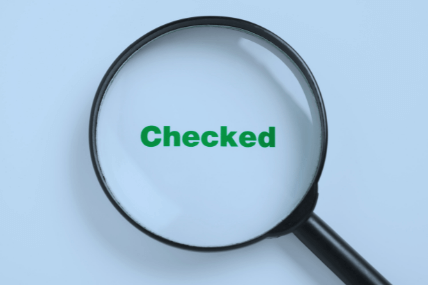














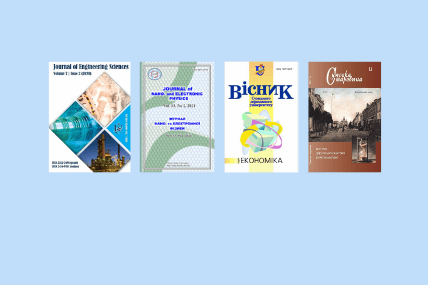


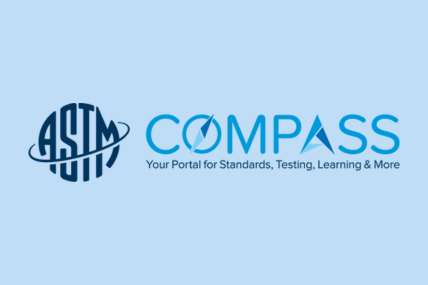

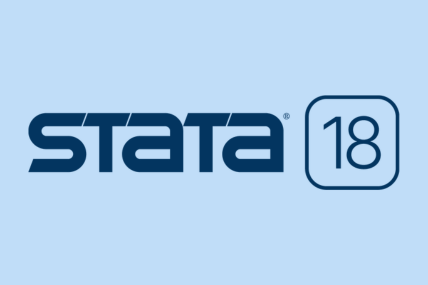









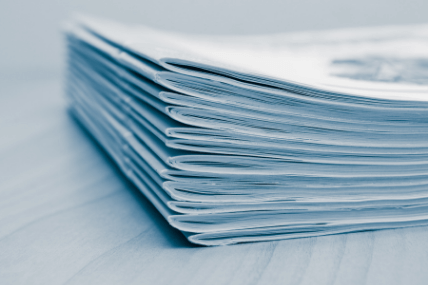

























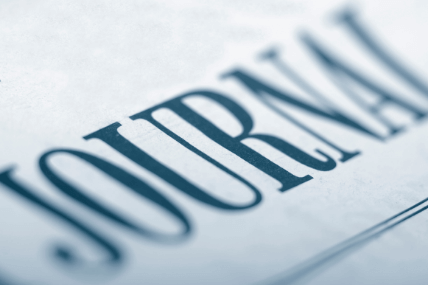







 eng
eng  укр
укр 









